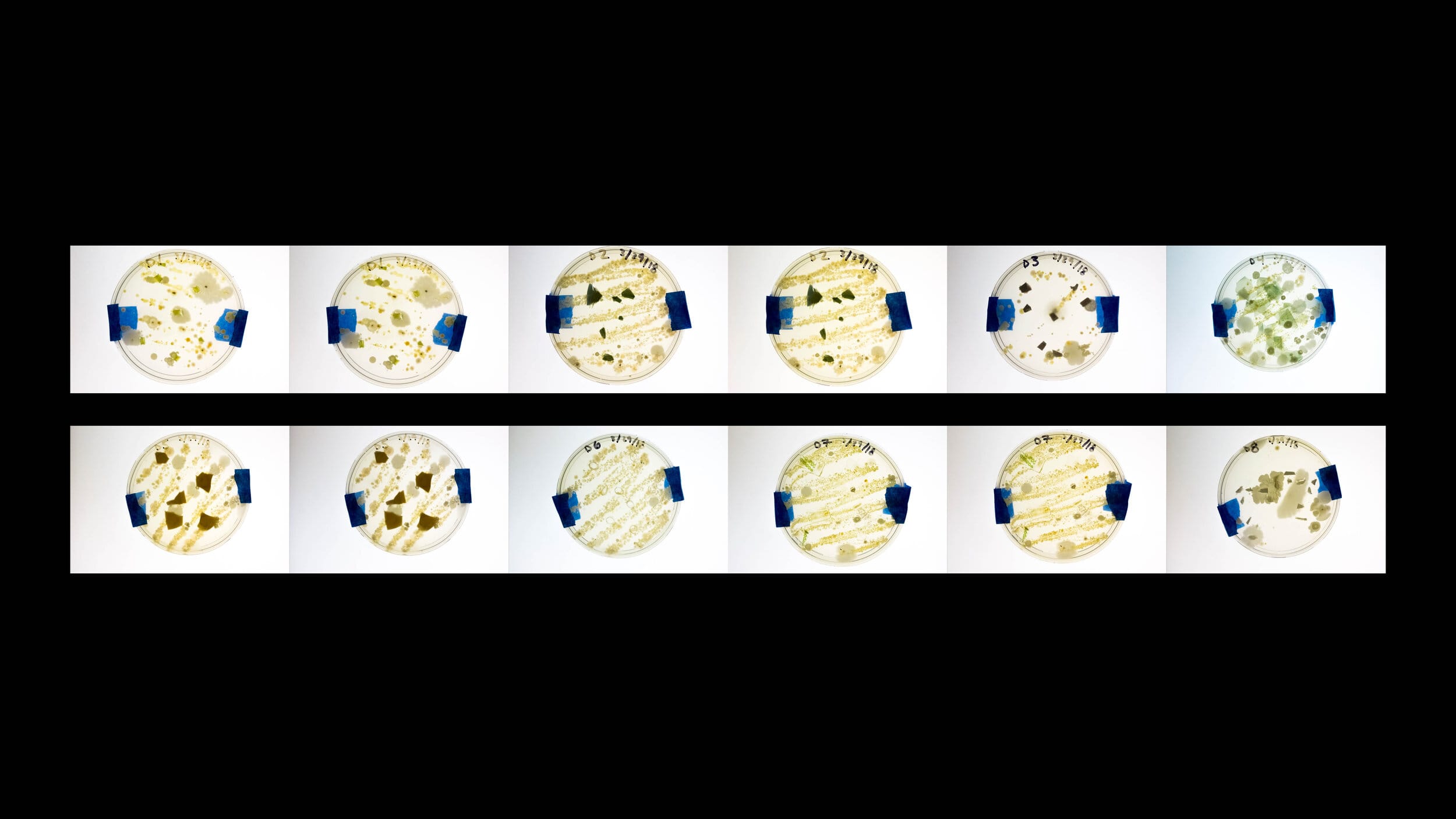“The Breakup”, the study that investigates the action of micro-organism on plastic waste
“The Breakup” is the study that investigates the end of life of waste dispersed in the environment and the effective compostable nature of materials. It was led by Megan Valanidas, industrial designer and artist who dedicates part of his studies to biomaterials, to investigate the end of life of waste dispersed into the environment.
What would happen if we conceived of waste as something that nourishes the environment instead of contaminating it?
The soil gives rise to all terrestrial organisms and every form of life, from the micro-organism to the more complex organism such as the human one, needs fertile land in which to grow.
From this point of view, the earth is to be understood as the true recipient of the “things” we produce, the real end userfor whom we should rethink and redesign the materials.
According to this study, 7% of the main soil contaminants is plastic.
Designer Megan Valanidas investigated the microbiotic relationship of the environment with the waste dispersed in it: by mimicking the experiments that marine biologists perform when looking for organisms capable of digesting plastic in the ocean, Megan dipped some defined beach toys and bags. “Compostable” in a tributary channel of the US Providence River. After 30 days, the compostable materials were found to be unappetizing for microbes which should be able to degrade and decompose them.



“I miei risultati sono stati abbastanza definitivi da indicare una disconnessione tra le intenzioni umane e la realtà ambientale quando si tratta di plastica” dice Megan, esortando a concepire il materiale come funzionale ai bisogni temporanei dell’uomo ma soprattutto al servizio di una vocazione molto più grande: feeding the living environment, circulating in the ecosystem and supporting biodiversity.
Now the designer is redesigning the surface textures and rethinking the chemical compositions to create materials that microbes can love.
